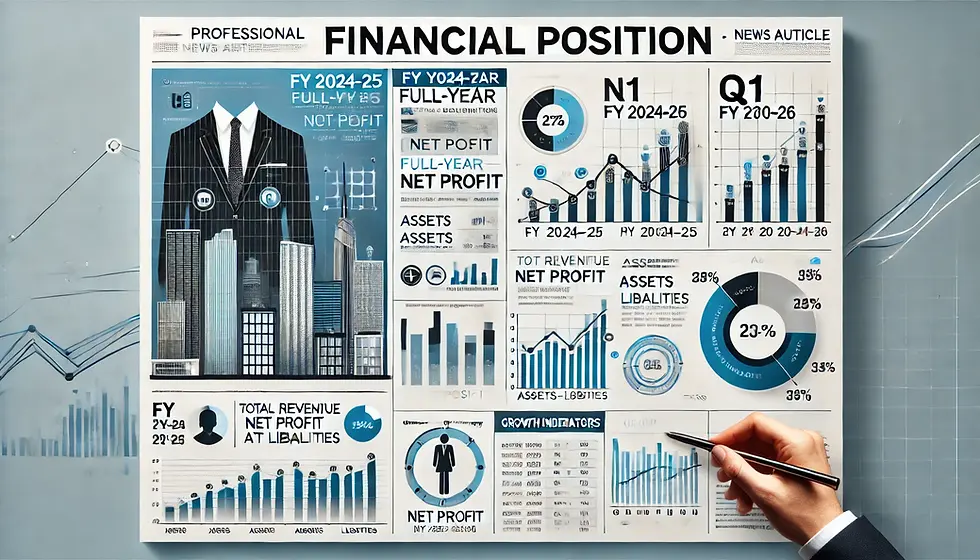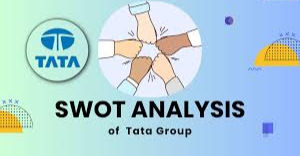What are Tata Steel's key strengths and challenges in the steel industry!
- nvshah0610
- Jul 28
- 2 min read

Tata Steel’s key strengths and challenges in the steel industry, based on recent analyses and industry information, are as follows:
Key Strengths:
Strong Global Presence: Tata Steel operates in over 26 countries with a commercial presence in more than 50 countries, giving it a diversified revenue base and reducing dependence on any single market. This makes it one of the world's most geographically diversified steel producers.
Vertical Integration: The company controls its entire value chain from mining raw materials to finished steel production, enabling cost efficiency, quality control, and operational resilience.
Strong Brand and Legacy: With over a century of experience, Tata Steel enjoys a reputed and trusted brand, especially in India, providing a competitive edge and customer loyalty.
Innovation and Product Development: Tata Steel invests in innovative products, such as high-strength, lightweight steel targeting the automotive sector (including electric vehicles), and diversifies its product portfolio to cater to multiple industries and markets.
Sustainability Commitment: The company has made significant sustainability strides, including emission reduction targets and green steel initiatives, positioning it advantageously as environmental regulations tighten.
Large Domestic Market Share and Resource Base: Tata Steel leverages abundant captive mineral resources in India (iron ore, coal) and is expanding its production capacity to meet rising domestic demand, which grows around 8% annually.
Operational Efficiency Improvements: Investments in modernization and digital technologies such as AI and machine learning optimize operations and improve margins.
Key Challenges:
Raw Material Price Volatility: Tata Steel’s profitability is sensitive to fluctuations in raw material costs like iron ore and coal. Rising prices can squeeze margins substantially.
Heavy Debt Load: The company carries significant debt, especially from European acquisitions and operations, which can be a financial strain during economic downturns or rising interest rates1.
Operational Difficulties in Europe: Increasing operational costs, competitive pressures, and lower profitability in European units, particularly the UK and the Netherlands, pose ongoing challenges.
Environmental and Regulatory Pressures: Despite progress, Tata Steel faces regulatory demands to lower carbon emissions, which may involve substantial capital investments in green technologies and increase operational costs.
Economic Cyclicality and Market Risks: Steel demand is closely tied to economic cycles, construction, and automotive sectors. Any slowdown or geopolitical disruptions can hurt volumes and revenues.
Competitive Global Industry: Fierce global competition from major steel producers like ArcelorMittal, POSCO, and Nippon Steel puts price and market share pressures on Tata Steel.
Over-reliance on Indian Market: While India is growing fast, a large proportion of revenue comes from domestic markets, exposing Tata Steel to country-specific economic fluctuations.
In summary, Tata Steel’s strengths lie in its global diversification, vertical integration, brand equity, innovation, and sustainability focus. However, managing raw material costs, debt, European operational challenges, and navigating a cyclical and competitive steel market remain critical to its ongoing success.
This assessment integrates multiple industry reports and SWOT analyses as of 2025. If you want, I can provide more details on Tata Steel’s strategic plans or financial outlook related to these strengths and challenges.
SOURCE:-ECONOMIC TIMES,CHATGPT





Comments